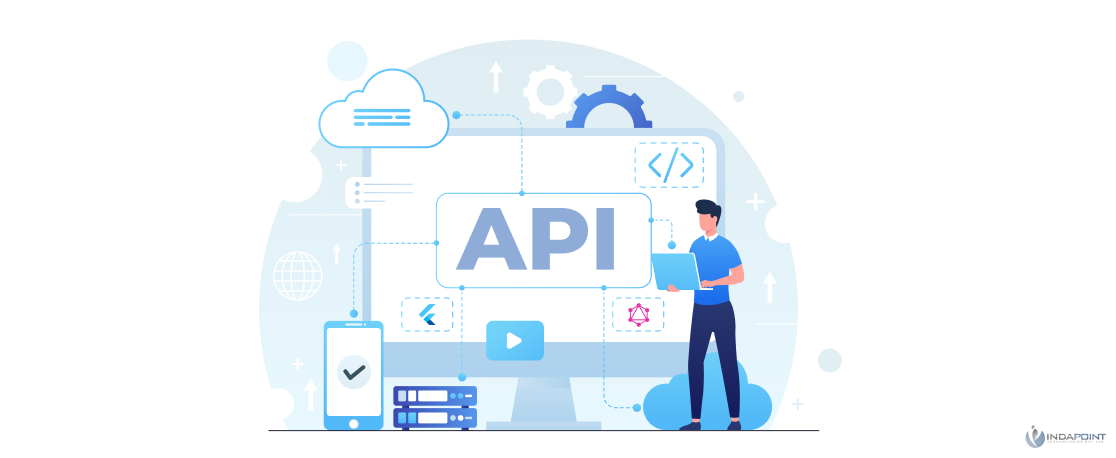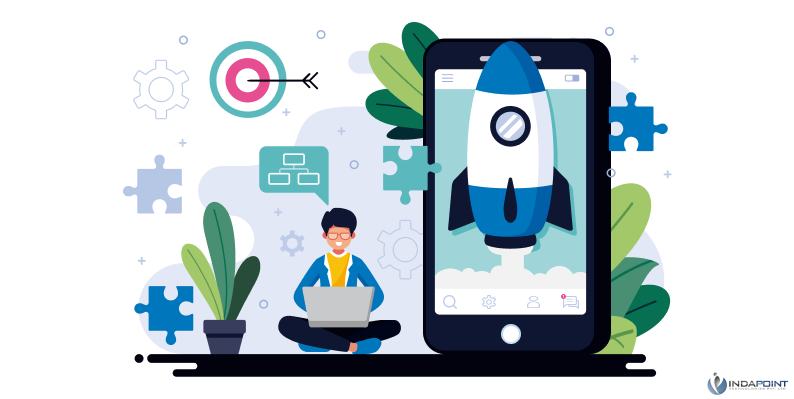Flutter and GraphQL: Building a Modern API-driven App
October 27, 2023

Flutter and GraphQL are two popular app development technologies that offer advantages for modern API-driven applications. Flutter is Google’s open-source UI framework, known for its ability to create cross-platform applications with a single codebase, saving time and resources. It offers a consistent user interface and rapid development cycle, while GraphQL is an API query language that optimizes data requests, reducing over-fetching and under-fetching. Combining Flutter and GraphQL can create visually stunning, cross-platform applications while managing API calls efficiently. Success stories from XYZ Inc. and Startup Innovations demonstrate the benefits of combining these technologies. However, choosing the right technology platform depends on project prerequisites, team knowledge, long-term goals, and expert opinions.
Flutter and GraphQL: Building a Modern API-driven App
Choosing the correct technologies for your app development projects can make all the difference in the digital landscape of today. Large and medium-sized businesses, as well as startups, are constantly on the lookout for the most innovative and efficient solutions to satisfy their specific needs. Flutter and GraphQL are two app development technologies that have gained popularity in recent years. This guide will examine how these technologies can aid in the development of modern API-driven applications and help you make an informed decision.
Understanding Flutter
Google’s open-source UI framework Flutter is garnering significant traction in the app development community. Flutter is distinguished by its ability to construct cross-platform applications with a single codebase. Cross-platform development allows you to write code only once and execute it on both Android and iOS devices, thereby saving time and resources.
Understanding GraphQL
On the opposite side of the coin is GraphQL, an API query language. Unlike the traditional REST architecture, GraphQL enables you to request only the data you require, preventing over-fetching and under-fetching. This adaptability and effectiveness make GraphQL an excellent option for developing API-driven applications.
GraphQL permits the development of a more responsive application by optimizing data requests. It enables the client to request particular data points, thereby reducing the quantity of superfluous data transferred over the network. This may result in enhanced app efficacy and a better user experience.
The Benefits of Integrating Flutter and GraphQL
Now, let’s investigate the compatibility between Flutter and GraphQL. By combining Flutter and GraphQL, you can capitalize on the benefits of both technologies. This combination allows you to create visually stunning, cross-platform applications while managing API calls efficiently.
Flutter provides a robust framework for constructing the user interface, and GraphQL ensures that your application communicates with the server as efficiently as feasible. The outcome is a modern, responsive, and user-friendly application that can be developed more quickly and deployed on multiple platforms without sacrificing performance.
Success Stories and Case Studies
Let’s examine some success tales to illustrate the real-world advantages of utilizing Flutter and GraphQL.
Case Study : Startup Innovations
A tech startup in the healthcare sector, Startup Innovations, wanted to build a data-driven app for doctors and patients. They chose GraphQL to optimize data retrieval, ensuring that doctors could access patient information efficiently. Combining GraphQL with Flutter’s UI capabilities, they created a modern and intuitive app that gained popularity among healthcare professionals.
Considerations for Selecting Flutter or GraphQL
Despite the obvious benefits of combining Flutter and GraphQL, it is essential to consider your project’s specific requirements. Here are some important considerations:
Project Prerequisites : Consider the nature of the application. Is it data-intensive and dependent on effective data retrieval? Or is the emphasis placed on the user interface and user experience?
Team Knowledge : Evaluate the abilities and knowledge of your development staff. Do they have prior experience with Flutter, GraphQL, or both? Consider the strengths and weaknesses of your team when making your selection.

Long-Term Targets : Consider the long-term goals for your app. Will it require ongoing updates and enhancements? Ensure that the technology you select can support your future development requirements.

The Conclusion
Choosing the proper technology platform for your application development project is crucial to its success. Both Flutter and GraphQL offer distinct advantages, and when combined, they can form a formidable pair. Assess your project’s requirements, your team’s expertise, and your long-term objectives to make the best decision.
If you’re still unsure whether Flutter, GraphQL, or both are the best option for your app development requirements, please contact our team of experts. We can offer customized advice and knowledge to help you make the most informed decision possible.






